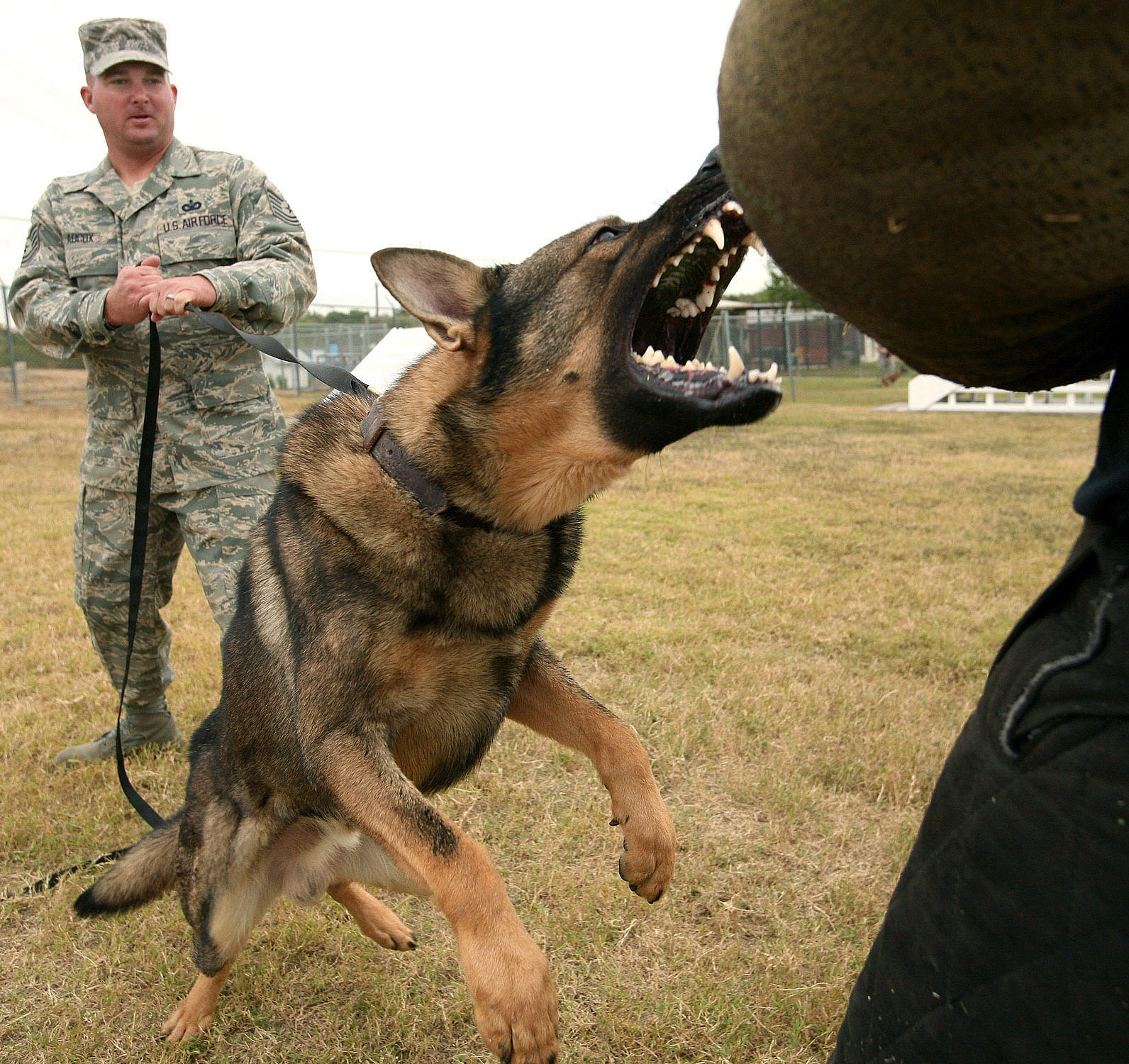
A lot of people love dogs but having one requires an appropriate and efficient training which is the key feature for socializing a dog. Every dog owner is responsible for educating their pet, so it is not a threat to the environment. Some techniques are quite easy to follow, and they will make any further work much easier.
Here are two kinds of methods:
- Methods based on various theories for manipulating a dog’s behavior
- Methods based on natural dog’s preferences.
The first method has three subcategories:
- Negative training
- Positive training
- Mixed training.
Negative reinforcement
This is the traditional way of dog training.
The form of negative reaction to a particular behavior is a punishment. It can often affect a dog’s emotional condition and cause a lot of damage to further work.
However, there is a positive aspect of negative reinforcement which will force your dog to make a particular action in order to avoid something unpleasant. So, if you press its shoulders and not leave them until your pooch gets in a laydown position, it will automatically figure out that laying down will make the pressure disappear. Therefore, it will always act in the same way.
The most popular products in this type of training are a shock, prong, and choke collars. The main goal is an obedient dog, without paying too much attention to possible behavioral problems.
Another example is when you hit or shout your dog due to sitting on a chair. It will most likely run away and never come back at the same place because you have scared it and it suffered a direct psychophysical damage. So the next time the pooch will instantly associate the chair with your reaction. Also, a dog may attack you sometimes, cause issues, and even start hating you.
People using this technique believe that there is a high level of efficiency which cannot be met with other methods. They also think that previously mentioned dog collars are not necessarily harmful because dogs have a high pain tolerance. A lot of experts do not agree with these statements.
Positive training
It is mainly based on a particular behavior. So, if someone gives food to a dog once it lays down, it will keep laying down often in order to get food again. It is an incredibly efficient way to teach your dog a particular exercise.
Otherwise, if you reward your dog with food 15 seconds after it made a certain action, it will most likely not understand the real reason for rewarding. So, it may think that you gave a treat because it was staring quietly, or made a specific movement. In the end, your canine will still not figure out what was your main intention.
Clicker-training
As the name says, this method involves a clicker. It is a small device which produces a sound when squeezed. Its main job is to note the critical moment whenever a pooch completes a certain action. This tool is funny and easy to work with. The primary intention of this method is not necessarily making an obedient dog. It is much more comfortable for training because there is no negative reinforcement or the usage of punishment based collars. Some people claim that positive methods may sometimes fail to produce good results if there is a delightful treat nearby.
Furthermore, in order to achieve the highest level of efficiency, many dog owners decided to go with the mix of positive and negative reinforcements. Combining these methods is much more comfortable for dogs than using the traditional ones.
Mixed training
A lot of dog trainers with different training approaches tend to use games instead of food reinforcement. However, there are methods based on dog ethology. It is a science which determines the natural behavior in a particular situation. Ethology is related to both instinctive and non-instinctive behaviors. The main accent is on the natural behavior while ignoring the field of theory.
Dogs must have an alpha leader, the one who is going to establish itself in front and be able to create a great relationship with the rest of its pack. In this kind of training, the owner is the one who is considered as the leader, and this is the only appropriate hierarchy. Jan Fennell and Cesar Millan are the founders of the alpha concept and the related methods.
Many authors claim that these techniques are based on academic studies. Those are studies about the life and behavior of wolves and their packs. They were slowly implemented according to meticulous observations of dog’s behavior. According to experts, they are not efficient enough when it comes to making an obedient dog. Therefore, a lot of dog trainers are not using these methods.
The people accepting the previously mentioned techniques usually do not call themselves the trainers. Instead, they claim that they are capable of establishing an efficient communication with canines just by observing their behavior and body language.
Unfortunately, the methods based on ethology are quite different from each other, and they mostly derive from famous persuasions while lacking the real studies. Some of them are even based on ideology.
Advocates of ethology related techniques believe that this is an excellent way of talking to dogs. They usually focus on kindness. The level of aggression is not fixed, and it mainly depends on the system that is being used by a particular trainer. The critics often polemicize and discuss the concept of practicing the hierarchical dominance through the alpha leader.
In the end, a deep investigation is necessary in order to develop a more sincere and genuine attitude regarding a dog’s behavior.
Dog Training Methods










